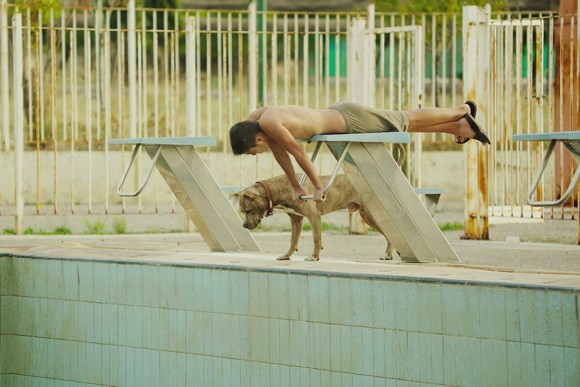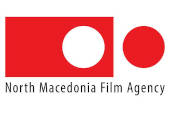Her debut feature, it premiered at this year’s Toronto Film Festival and was awarded the top prize in San Sebastian. After its screening at the 32nd Warsaw Film Festival in the FIPRESCI competitive selection, we sat down with the director to discuss her vision for the film.
AG: Park has particularly strong images. What was your working process?
SE: The story about a group of kids in an abandoned place came to me more or less intuitively. I wanted to concentrate only on them, with no background family issues depicted. I found this village where I wanted to set it, then wrote some particular images which came into my mind – a boy lying next to a pool and spitting; a girl with injuries taking a bath. I like that cinema offers this possibility of showing images without having to explain them through dialogue. I worked in a very intuitive way – I just somehow felt which images and scenes are important. My producer was afraid that this is going to be a silent film after she read the script. I had to explain, that this is actually a film full of noises that are important, and full of stimulating sound – although this is not dialogue. Kids often express their emotions through yelling and whistling.
AG: The protagonists are non-actors and most of them are children. Did you improvise a lot? Was it difficult to find the proper balance between authentic moments and a coherent storyline?
SE: There was a lot of improvisation included. It was really difficult to sit in the editing room, where I had to face the decision of which material will be used, and which not. There were beautiful situations that just happened while the kids were improvising, but I couldn’t use everything obviously. You have to stick to what each scene should really be about in terms of building a narrative. So it was improvisation for the kids during the shooting and afterwards also for me, in the editing room (laugh). We were searching for the protagonists for a very long time, in many schools. They didn’t have any clue about cinema. I did many exercises with the kids before shooting, and we played games, to warm them up so they could express this energy on screen.
AG: How did your cooperation with Polish DoP Monika Lenczewska come about?
SE: We met at the Sundance Director’s Lab. She liked the script and we had good discussions about the use of film language. This connection was very important, and her intuition as a director of photography was very similar to my perspective, so I invited her to Greece. It was also kind of interesting for two women directing so many boys in expressing their aggressive emotions. It took some time to build proper authority.
AG: The locations of massive, abandoned Olympic stadiums are an organic part of your critical commentary throughout the film - this idea of areas which only serve for a few weeks and afterwards lose their purpose, because there is no money to keep them alive.
SE: I would like to mention my favorite example - the documentary film White Elephant about abandoned stadiums. The white elephant, which was considered as a holy animal, but actually had no meaning at all, is a perfect synonym for these places. I also put in my film a lot of ironic commentary regarding the Olympic Games in general. This year’s event was held in Rio, where everybody celebrated peacefully, but all around the world a huge immigration problem was going on. The whole organization of this kind of event has a really big question mark hanging over it. They’re made to create glory; to lend every country who organizes them glamour. I wanted to say in a way: this is a show - but look what remains here after the show.




















